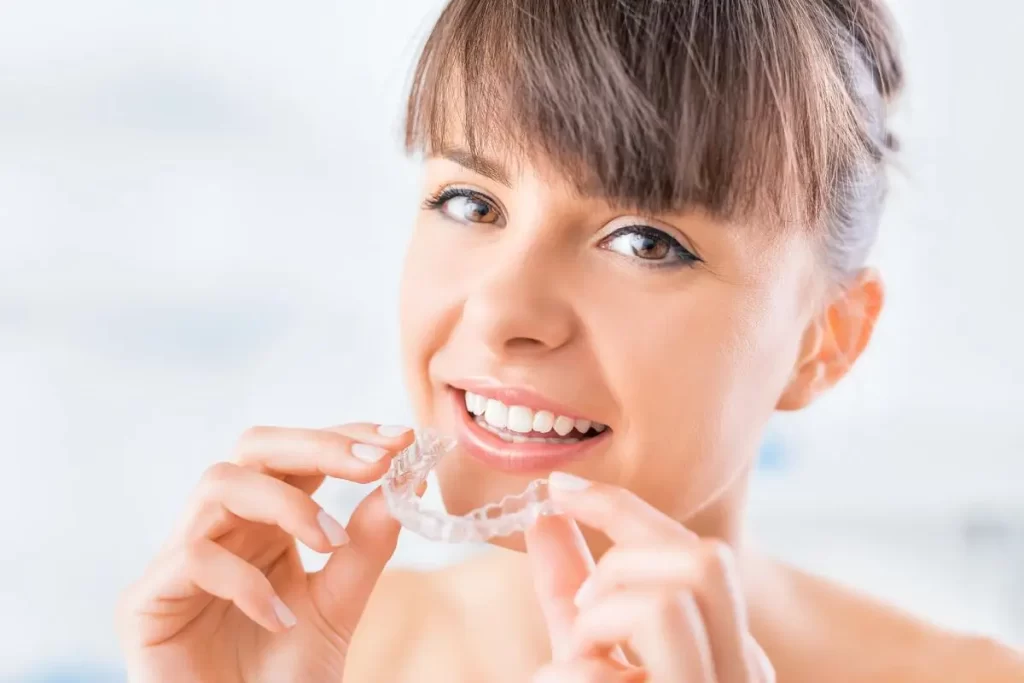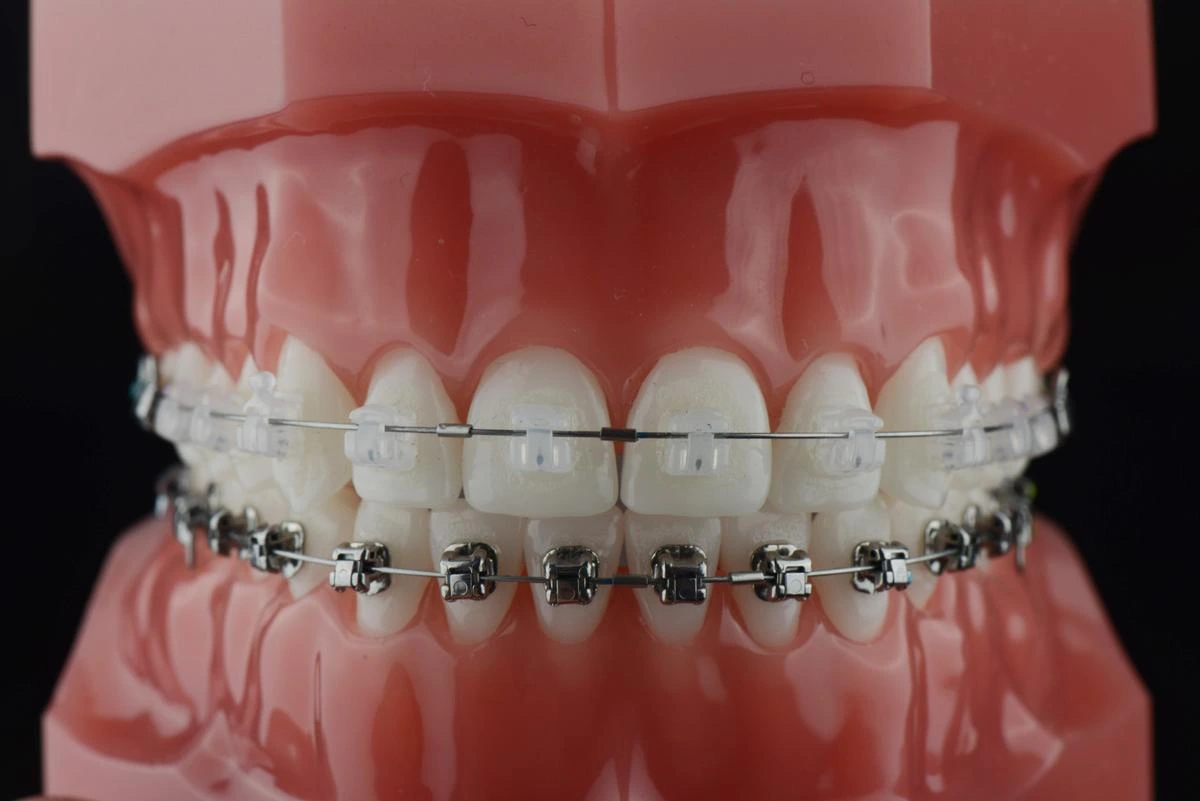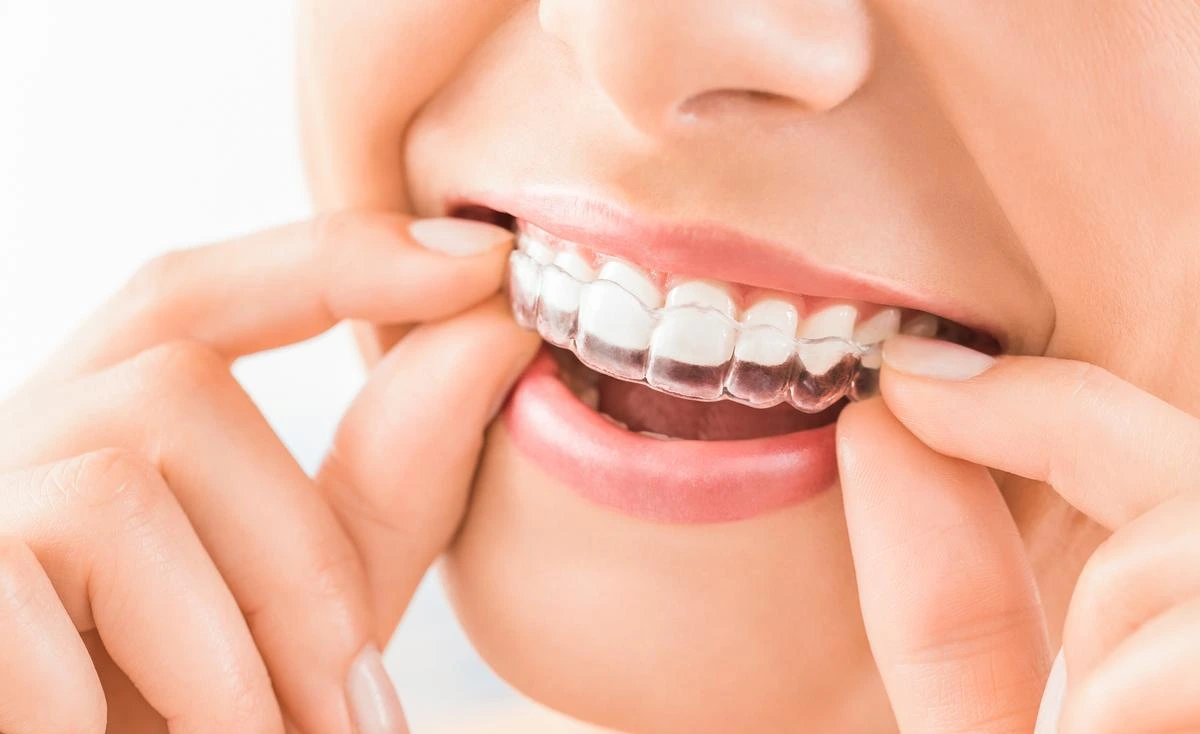The difference between braces and Invisalign can often be a tough decision for many people, as both options provide practical ways to improve your smile and straighten your teeth.
While traditional braces use metal wires and brackets to apply gentle pressure on your teeth, making them shift over time, Invisalign uses clear aligner trays made of flexible plastic.
Braces and Invisalign are two of the most frequent forms of orthodontic treatment, but which one is ideal for someone in your position? When selecting your choice, consider each available alternative’s positive aspects.
Both traditional metal braces and more discreet options like Invisalign, which straighten teeth using clear aligners, can make your smile look better.
Your teeth will be moved into the correct bite, and their functionality will be enhanced.
How Are Invisalign and Braces The Same?
Even though they appear and feel different, braces and Invisalign treatments are comparable in several respects. Both must be worn constantly throughout the day; however, the Invisalign trays can be removed to allow for eating. They demand a dedication to following cleaning and maintenance guidelines.
Both traditional braces and the more discreet Invisalign retainers apply a light but constant tension to your teeth. This causes the gum tissue to become looser, which makes it easier for the tooth to shift or turn. After this, the tissue grows back to its original position, therefore securing the tooth in its new location.
Invisalign and traditional braces are excellent treatments for correcting crooked teeth, overbites, underbites, and jaw positions. Invisalign is a removable aligner that may be worn over your natural teeth. The duration of treatment with braces or Invisalign is almost the same, at around 16 months on average.

How Are Invisalign and Braces Different?
1. The method utilized to relocate teeth and create a beautiful smile is the primary factor differentiating braces and Invisalign from one another.
2. During therapy, braces move the teeth into new positions using high-tech wires and metal brackets placed within the mouth. In this operation, elastics are frequently utilized so teeth may be brought into proper alignment.
3. Meanwhile, when moving teeth using Invisalign, a series of transparent, custom-made aligning trays are utilized, and these aligners are changed every few weeks.
4. The difference between braces and Invisalign is that, with the former option, patients will experience the physical presence of the hardware for a few days. However, the patients will get used to their presence in a few days. For Invisalign aligners, the hardware is not as prominent and hence adapting to it in the initial stage of the treatment is easier. This distinction between both the modalities is almost indifferentiable after the first week.
5. While braces cannot be removed by you, they are working 24/7 on your teeth. Whereas Invisalign aligners require a disciplined complaint protocol of wearing them at least 20 hrs/day to be effective. If you feel the compliance could be an issue for you with Invisalign, then braces would be a better choice for you.
Overall, while braces and Invisalign can be effective methods for improving your smile and achieving a straight, beautiful set of teeth, it is essential to consider your unique needs when deciding which treatment option is right for you.
If you are searching for an orthodontic treatment that is less noticeable and more pleasant, then Invisalign may be the ideal option for you. But if you prefer a tried and true method that has been around for decades, traditional braces may be the best option.
What’s Better to Get, Invisalign or Braces?
In the end, the better choice between braces or Invisalign comes down to the particular requirements and preferences of your unique situation.
It is essential to consult with your dentist or orthodontist to determine which treatment option would be best for you. Whether you choose Invisalign or traditional braces, you can rest assured that both options will give you a beautiful and healthy smile in the end!
With so many factors to consider, it can be challenging to decide between Invisalign and braces for straightening your teeth. In the end, the decision will come down to what meets your requirements and preferences the best.
What Hurts Less, Invisalign or Braces?
When considering which treatment option is best for you, it is essential to consider how each choice may affect your mouth and teeth.
While both Invisalign and braces can be somewhat uncomfortable during the initial stages of therapy, traditional braces tend to cause more pain due to the use of metal brackets and wires. However, this discomfort tends to lessen as you adjust to your new oral appliances.
The difference in pain between Invisalign and braces comes down to personal preference and how well you can tolerate potential discomfort.
If you are seeking a treatment option that is both discrete and causes minimum discomfort, then Invisalign could be the best option for you. On the other hand, conventional braces are likely to be the superior choice if the patient places a lower focus on comfort.
Find Out What Works For You!
At Grand Oaks Orthodontics, we are committed to helping you achieve your goals and create treatment plans that fit your needs. If you are considering Invisalign or traditional Braces, we invite you to schedule a consultation with us today to learn more about how these treatments can help improve your smile.
Chat with us today to learn more about the difference between Invisalign and braces, and find out which treatment works best for you. We are excited to work with you to develop a radiant smile that is both healthy and beautiful.



